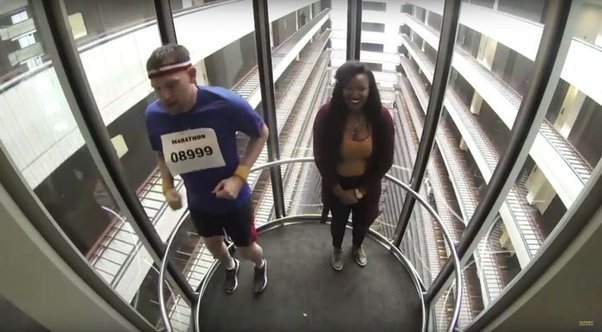Designing elevators for oddly shaped buildings poses difficulties. With tilted floors and curved walls, making them safe and useful is tricky.
In this post, I’ll explain how engineers create custom elevators for unique structures. We’ll see how they ensure safety and efficiency through innovative designs and technology.
Understanding Structural Challenges in Irregular Buildings
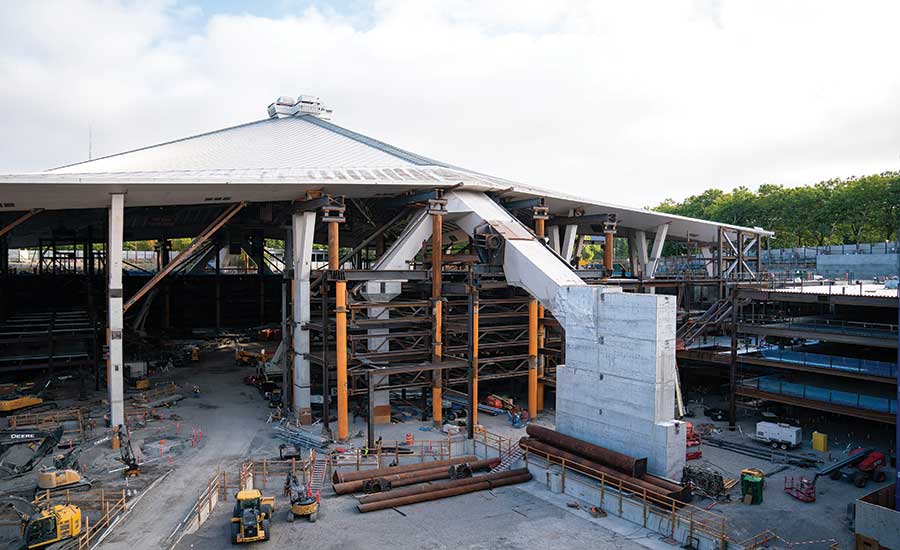
Dealing with Unusual Designs
Irregular buildings have designs that break the norm. They might have elevator shafts that curve or go in different directions, and their walls might not be straight. This makes fitting elevators into these spaces a bit like solving a puzzle.
Engineers need to be both creative and practical to design elevators that work with these unique shapes, ensuring they are safe and efficient.
Tailor-Made Elevator Solutions
For instance, the Guggenheim Museum in New York, with its famous spiral design, couldn’t use a regular elevator. It needed a unique solution.
In such cases, engineers don’t just fit an elevator into the building; they design an elevator system that becomes a part of the building’s unique character.
They have to think about how the elevator moves, looks and feels to make sure it matches the building perfectly.
Custom Safety for Elevators in Unique Buildings
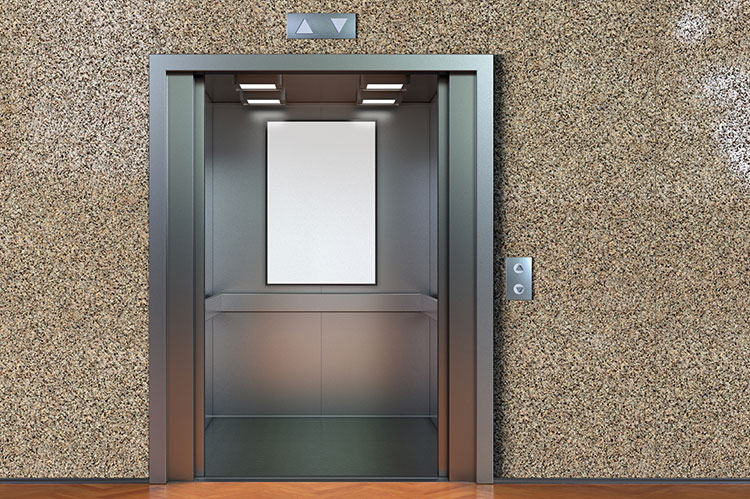
Making Elevators Fit Odd Shapes
In buildings that aren’t shaped like normal ones, elevators have to travel in unusual ways – not just straight up and down. To do this right, we need special designs to keep them safe. It’s a bit like creating a custom path for each elevator, making sure it fits the building just right.
These unique designs ensure that no matter how oddly shaped the building is, the elevator can still move people safely.
Balancing Act in Elevators
For example, the elevators in the Leaning Tower of Pisa have a special system to balance them because the tower leans. This shows how elevators can be adapted to work safely in even the most unusual buildings.
It’s not just about going up and down, but also keeping everything steady and secure.
Safety First in All Shapes
These special designs keep elevators safe, no matter the shape of the building. This includes big residential elevators & home lifts in oddly shaped houses. The goal is a perfect fit, like a custom shoe! Engineers get creative so people can ride safely in all kinds of structures.
Their careful plans make sure unique home elevators are as safe as service lifts. With some clever thinking, they figure out how to make every building and special home lift mix safety and style.
This approach ensures that no matter the structure, safety remains the top priority.
Innovative Technology Integration in Irregular Building Elevators
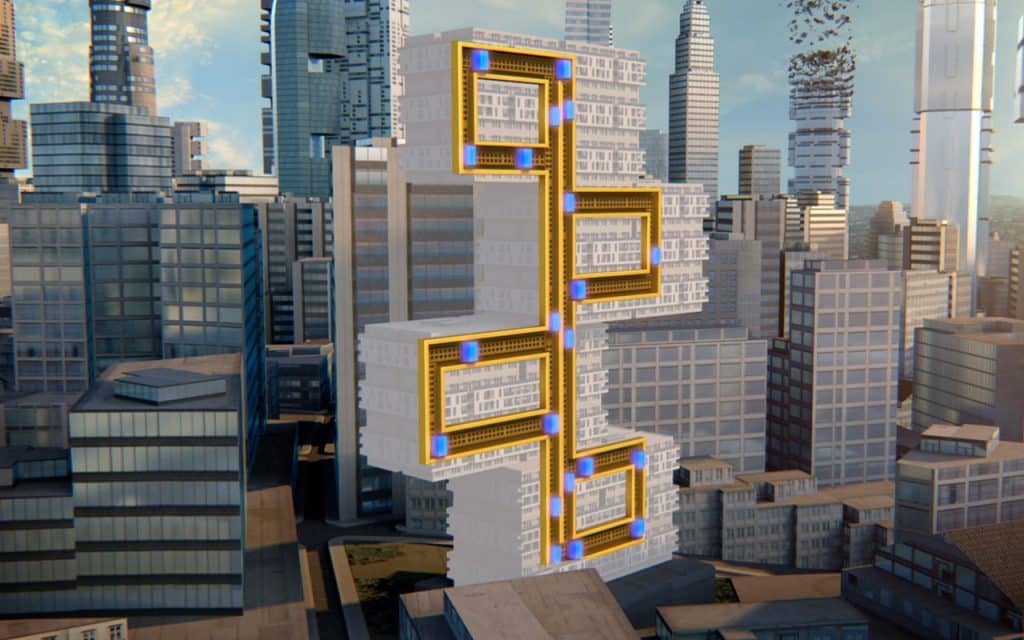
Using Advanced Tech Made Simple
Elevators in uniquely shaped buildings are now smarter and stronger, thanks to advancements like AI control systems. These systems help elevators adapt to the unique layouts of these buildings with greater efficiency.
The elevators are also built with new materials that are both lightweight and strong, enhancing their performance and reliability.
This means they can handle the unique stresses and demands of irregular structures more effectively.
Smart Elevators for Unique Buildings
These elevators are equipped with smart technology from elevator modernization services, making rides smoother and quicker. A great example is the elevators in Beijing’s CCTV Headquarters, which navigate its unusual looped structure efficiently.
This demonstrates how smart technology is essential in making complex architectural designs functional.
The use of these intelligent systems in elevators is a game-changer, ensuring they are not only functional but also an integral part of the building’s design, blending seamlessly with the architectural style and enhancing the overall experience for users.
Design and Aesthetics of Elevators in Unique Buildings
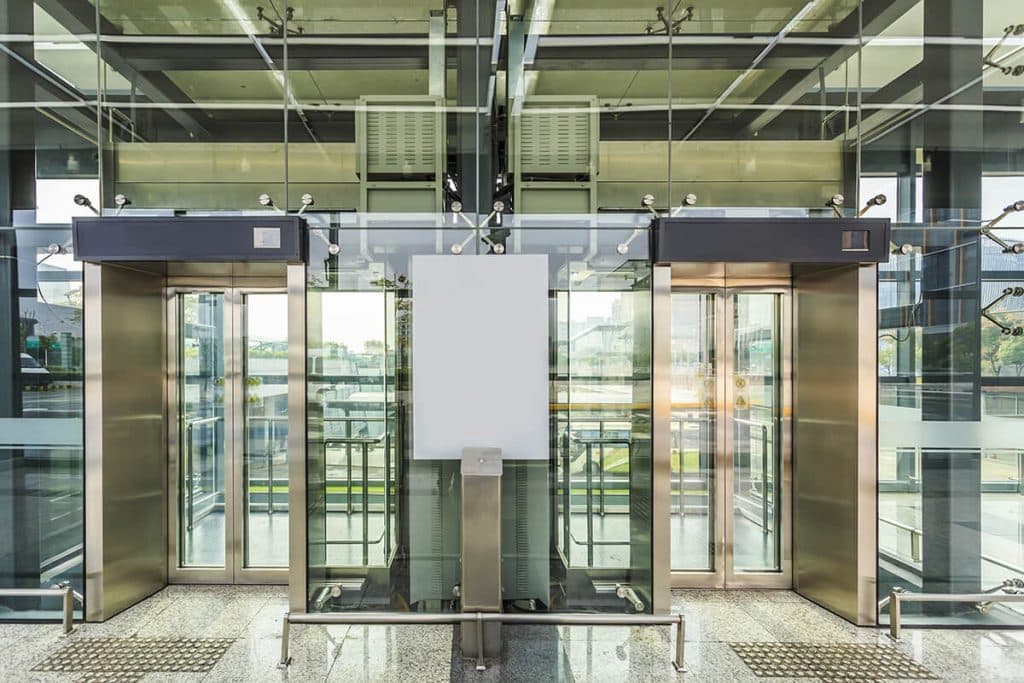
Simple Material Choices That Match the Building
When designing elevators for special buildings, picking the right materials is key. For modern buildings, use sleek materials like glass or steel, which give a clean and contemporary look.
For older or classic buildings, choose materials like wood or brass to add a touch of elegance and tradition.
This approach helps the elevator blend seamlessly with the building’s overall architecture, enhancing its character.
Lighting That Feels Right
The lighting inside an elevator is important. It should feel good and match the building’s style. For example, use soft and warm lights in homes to make it cozy and inviting.
In office buildings, brighter lights work better for a more active, professional atmosphere.
The idea is to make sure the light not only looks good but also enhances the mood, making the elevator ride a more pleasant experience for everyone.
Elevator Interiors That Tell a Story
The inside of the elevator should feel like it’s part of the building. Everything inside, like the colors, materials, and textures, should match the building’s style.
This continuity creates a harmonious flow as one moves from the building into the elevator.
It makes the elevator more than just a way to move between floors but an integral part of the building’s overall look and story, contributing to a cohesive architectural narrative.
Elevator Solutions for Emergency Scenarios in Complex Structures
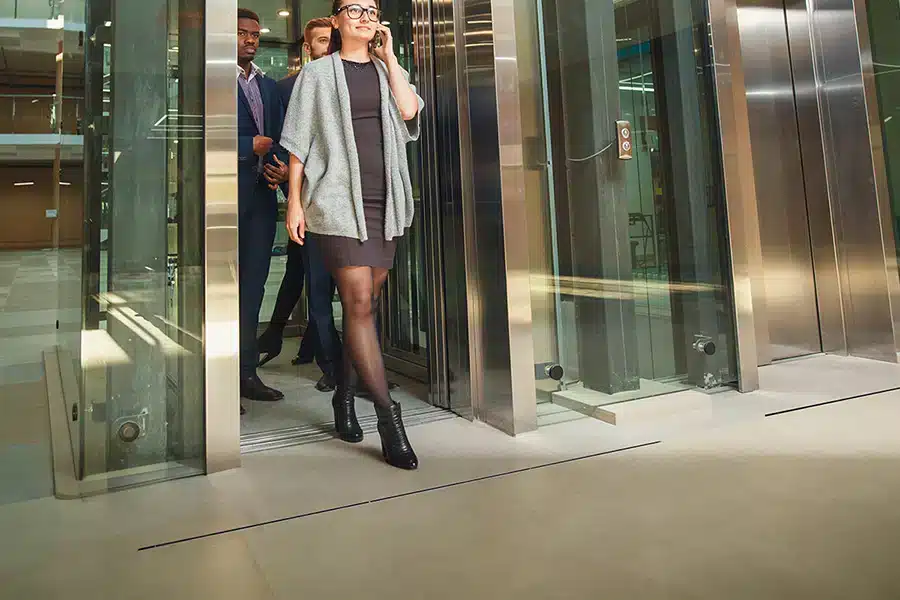
Making Elevators Safe for Emergencies
When we think about elevators in emergencies, we need to focus on safety first. It’s not just about going up and down.
These elevators need to work even in tough situations like fires or power cuts. A smart move is to use materials in elevators that can withstand heat.
This is especially important in tall buildings, where it might be hard for everyone to use the stairs, especially for those who have trouble walking.
Powering Elevators When It Counts
Keeping elevators running during an emergency is super important. Take the Shanghai Tower as an example. Here, the elevators have their own power source.
This means they keep working even if the rest of the building loses power. This is not just about getting people out safely.
It’s also about helping firefighters and other emergency workers move around the building quickly, which can be really important in big emergencies.
Elevators: More Than Just Rides, They’re Lifesavers
In big, modern buildings, elevators are more than just a way to avoid the stairs. They are part of the building’s safety plan. Adding things like heat resistance and backup power makes these elevators ready for emergencies.
This shows how building designs are changing. Now, keeping people safe in emergencies is just as important as the rest of the building’s design.
In these buildings, elevators do a really important job in keeping people safe if something goes wrong.
Conclusion:
In conclusion, designing functional and safe elevators for irregular buildings requires tailored solutions. By understanding unique challenges, creating custom systems, and using smart technology, engineers can seamlessly integrate elevators that blend safety, design, and efficiency.
Irregular shapes are transformed into opportunities for technological and aesthetic innovation. Elevators specially adapted to handle tilted, curved, or looping layouts keep people moving smoothly and safely, in both form and function.
In short, creatively fitting elevators to unusual structures demands a holistic perspective focused on customized safety, experience, and preparedness for anything.

